Growing up in Nuseirat – Where Massacres Become Routine

Massive destruction in Nuseirat. (Photo: supplied)
By Ramzy Baroud
I clearly remember my first day at an UNRWA school in a refugee camp in Gaza. I was five years of age. It felt like my life was over.
The distance from Block 5 of the Nuseirat Refugee Camp to the New Camp – located within the municipal boundaries of Nuseirat – was long, exhausting and terrifying.
I had to walk for several miles, on a very dusty journey that compromised my new, specially tailored red suit and orange sandals.
On the arduous journey, passing through citrus orchards and heaps of sand, I was accompanied by hundreds of children, some more experienced and confident, and others, like me, crying all the way to the UNRWA Elementary School for Boys.
On the way, I learned about the ‘crazy man of the orchard’, the disheveled guard who chases after unruly children whenever they try to pluck orange fruits from the Hirthani trees. I also learned about the unleashed dogs that belonged to some Bedouin tribe, whose bites may result in many rabies injections and terrible pain.
By the time I reached class, my tears turned into sobbing. Learning how to read and write seemed like a worthless exercise, considering the risks of becoming a pupil at an UNRWA school in Gaza.
Alas, there is no immediate happy ending, as I was, indeed, chased by the ‘crazy man’, bitten by the dogs, ruined my sandals and ruined my red suit with the large, silver-colored buttons.
But, ultimately, it was all worth the effort. My peers, starting on that very first day of the school year, are now the very great intellectuals of Gaza, the journalists, the teachers, the doctors, the parents, the people that made Gaza the tenacious place that is inspiring the whole world. Many of them have been killed or wounded in this war. Many are still fighting to keep Gaza itself alive.
Though I no longer live in Nuseirat, my relationship with the place grew even stronger with time.
In Arabic we say, “those far away from the eyes are also far away from the heart.” Gaza, however, is an exception, because the people we leave behind are unforgettable, and because their suffering, especially during times of siege and war, is too extreme to ignore.
As I checked my mobile phone on Thursday, June 6, for news on Gaza, nine months after the start of the war, once more the breaking news: “Massacre in Nuseirat” topped the headlines. The massacre seemed terrible even before the gory details were released.
A few days later, on June 8, a much bigger tragedy occurred, hundreds were killed and wounded.
The words ‘massacre’ and ‘Nuseirat’ became so intertwined in recent months that new headlines often omit further details.
As I viewed the images of those killed and wounded in the Al-Sardi School and later at the central market, I feared that I would recognize some of the faces. This nightmarish scenario has happened before, and repeatedly so, where I would discover that family members, friends or neighbors were killed or wounded through the news.
Consequently, whenever fresh images from the Gaza onslaught appear, I am always on guard.
In the case of the school massacre, I did not recognize anyone, possibly because the victims are mostly displaced Palestinians from many other areas in the Gaza Strip, whether north or south.
I thought about the school itself. The cluster of UNRWA schools hit in the latest attack hosted 50,000 people – mostly children and women.
Only months earlier, that very school was a source of joy, knowledge, friendship, but also trepidation for little children who were being torn away from their families.
Then, like all schools in Gaza, they became shelters to host the bulk of the Gaza population which has been chased by bombs, repeatedly, from the north to the center, from the center to the south and, again, to the center, and so on.
This journey of displacement, along with the accompanying famine, is yet to end. But massacres at United Nations schools-turned-shelters are a whole different level of cruelty.
To alleviate some of the suffering, many volunteers in the Camp have been holding all kinds of communal activities at some of these shelters.
Volunteer clowns perform regularly, volunteer barbers cut hair, teachers hold classes, women bake together, local football clubs organize tournaments. All of this is done to reassure the children that, despite the ongoing suffering and the sound of bombs all around them, they will always remain safe inside.
But there is no such safety, neither at schools nor mosques, churches or even hospitals.
I write this because I fear that readers and viewers would only associate Nuseirat with massacres, with lifeless bodies lined up on the floor, covered by the very blankets they used to cover themselves at night.
Nuseirat, like Gaza, is a representation of a culture that cannot be broken, no matter the firepower, or the extent of the massacres.
For me, Nuseirat is a life that was fully lived, memories that cannot be forgotten, and a future of freedom and dignity that is waiting to take shape.


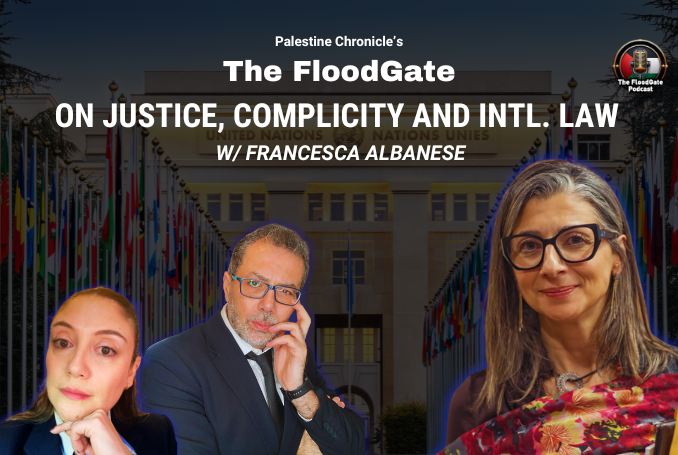
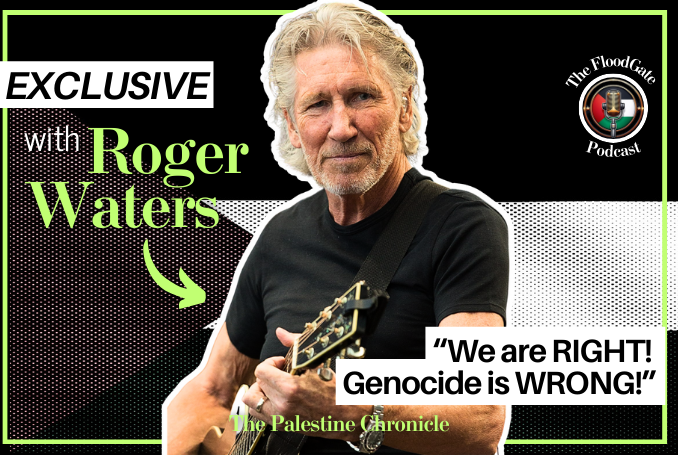


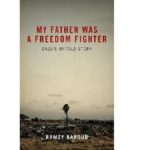


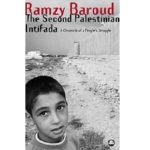
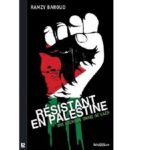
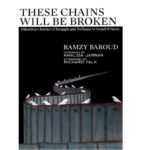

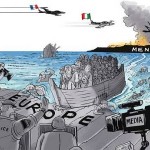

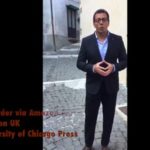
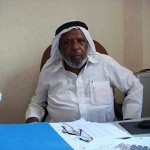
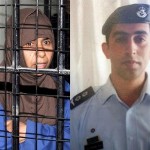
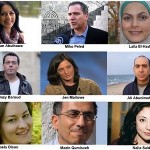
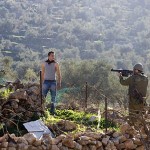
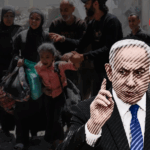
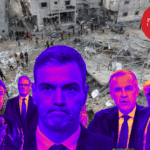
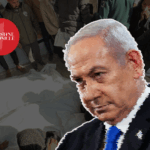
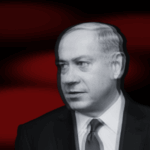
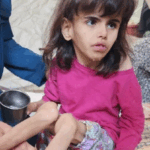
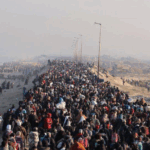
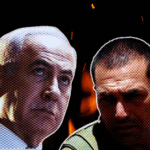
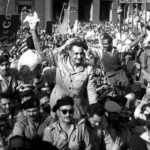
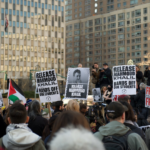

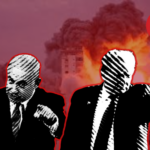
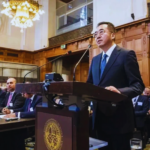
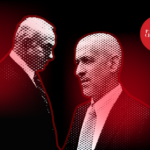
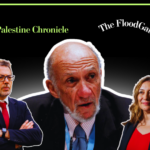
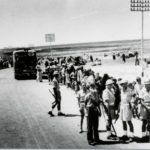
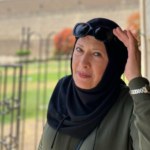
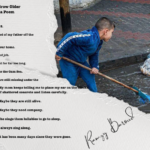


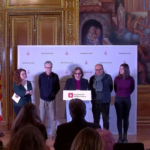
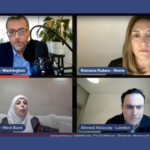
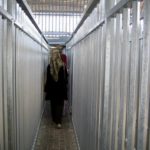
0 Comments